8. High Life (2018)
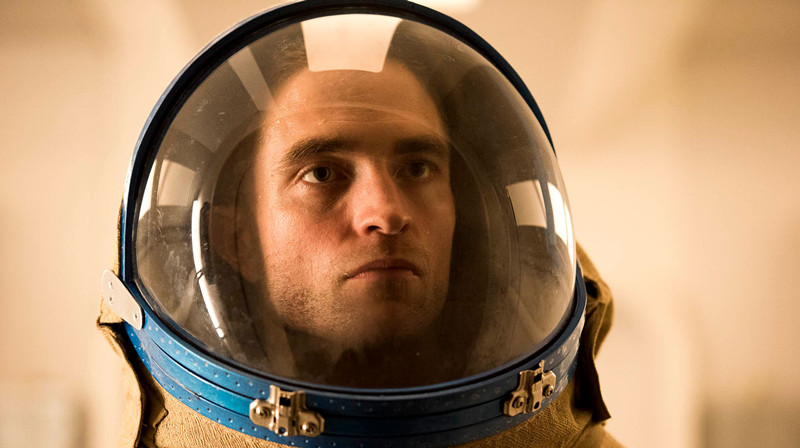
Robert Pattinson has come a long way since being playing the heartthrob in ‘Twilight’. He has managed to work with directors like Cronenberg and Herzog, and appeared in smaller interesting films by the Safdie brothers and Robert Eggers. Now he has the chance to work with Claire Denis in ‘High Life’ to challenge himself even further with this strange science-fiction story. Due to a bizarre experiment a father ends up alone on a dinky spaceship with his young daughter.
Pattinson’s strong tortured performance is central to ‘High Life’. While large parts of the story are told as flashbacks, and thus contain other people, the heart of the film is Pattinson’s relationship with his child. Besides fatherhood ‘High Life’ explores such themes as ethics, loneliness and rehabilitation brought to the screen with a thick sometimes disturbing atmosphere by director Denis.
7. Fantastic Planet (1973)
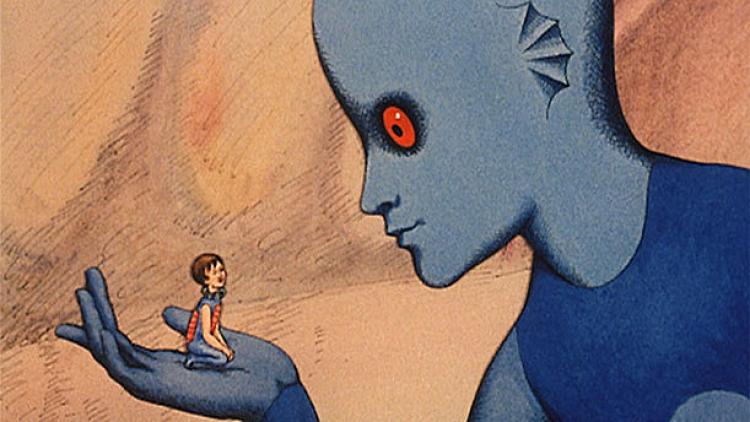
‘Fantastic Planet’ is a breath-taking animation film by director René Laloux. It follows life on a planet ruled by giant blue aliens (Draags) that coexist with small humans. The Draags acknowledge that humans are intelligent, but see no issue in having humans as playthings for their kids or seeing the wild variety them as pests in general.
‘Fantastic Planet’ is really a film about human nature. Both the Draags and the humans on the planet have human traits, and the film is both an ode to human ingenuity as it is to human folly. See the way the humans deal intelligently with the much larger and more advanced Draags, or by how they are sometimes weakened by infighting. The parallel between how Draags treat the humans versus how humans on our own planet deal with our fellow intelligent beings is clear. But most noticeable of all is the gorgeous animation, the creative worldbuilding and creature design and funky score by Alain Goraguer. Immerse yourself in the fantastic planet.
6. Brazil (1985)
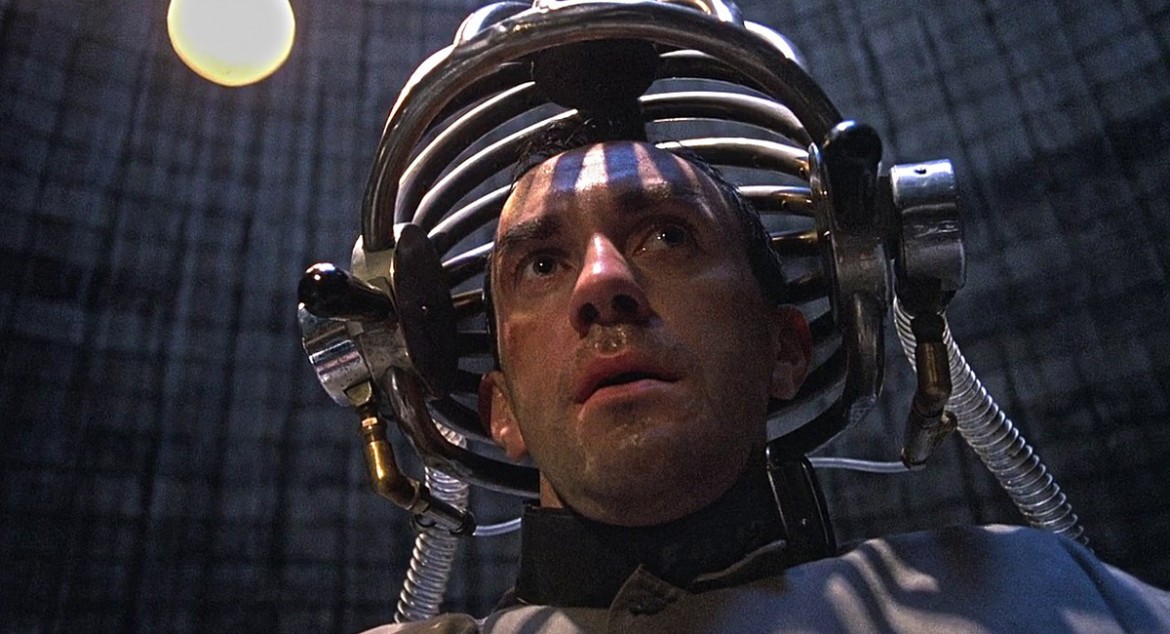
Who doesn’t dream about leaving his frustrating job and becoming a hero? Director Terry Gilliam shoots the future world around Sam Lowry (Jonathan Pryce) as colourful, and Kafkaesquelly funny. ‘Brazil’ follows Sam Lowry as he attempts to set right an error and who is the aforementioned dreamer. He is trapped in his drab life, but his rather mundane quest will lead him to become an enemy of the state with an uncertain faith.
Like many dystopian films ‘Brazil’ borrows from Kafka to paint a picture of bureaucracy overtaking personal humanity, and it borrows from 1984 to create a deeply oppressive government. It is however unique in how it melds these dark themes together with humour to create something new while never losing sight of its actual plot.
5. Primer (2004)
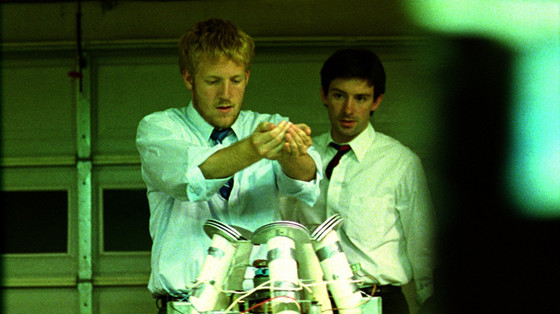
‘Primer’ is the debut of promising director Shane Carruth. Carruth so far has only made two feature films but already his unique vision and grasp of the cinematic language stand out vividly. A third film ‘A Topiary’ never made it off the ground, though some images of it can be seen on computer screens in his second feature ‘Upstream Color’. It seems director Carruth is either unable or unwilling to compromise on his vision for his films, and ‘Primer’ is a perfect example of an uncompromising film.
‘Primer’ tells the story of two men who find out a way to travel back in time using machines in a garage box. Soon enough, however, their pasts and futures start melding together into a confusing mix that even the men themselves cannot seem to figure out anymore.
Carruth shoots and edits his film in such a way that you are put right in there with the main characters. In other words, their confusing and frustration becomes yours. Carruth is also responsible for the cinematography and score of the film; which is best described as dreamlike (or nightmarelike). His need to be in control of every aspect of his films might explain why it is so hard to get them made, but it is necessary. Compromising on even one part of ‘Primer’ would make the whole structure fall.
Online one could find charts that figure out the timeline for the film; but it is best to let go, and let Carruth lull you into his nightmare. The human brain is not made for time travel, that is for sure.
4. eXistenZ (1999)
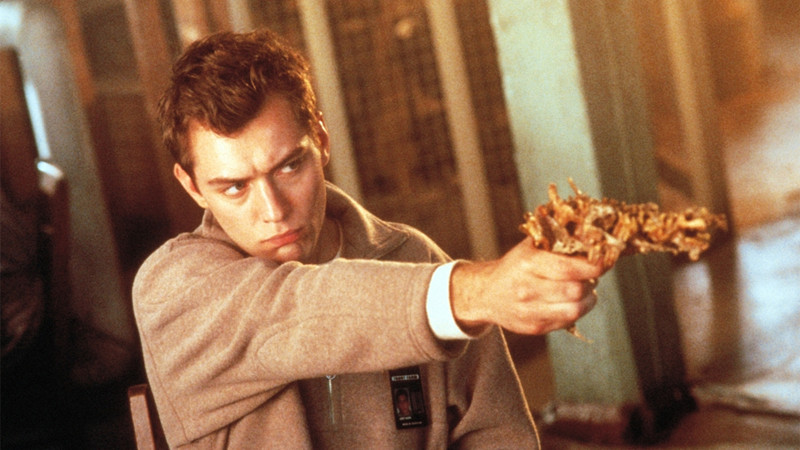
The king of venereal body horror David Cronenberg tries his hand at a sci-fi story and elevates it to grotesque hights. ‘eXistenZ’ came out in the same year as ‘The Matrix’ and even though the plots deal with similar themes they couldn’t be more different on screen. Where in ‘The Matrix’ the computer world is clean and polished, in ‘eXistenZ’ the digital world is dirty and sexual. One of Cronenberg’s main themes throughout his career is the melding together of flesh and inanimate material, machine and human mind. ‘eXistenZ’ uses his interests throughout. Think of the ports for insertion humans in the game have in their lower back, cables that look like intestines and a gun made from bones and cartilage.
The plot of ‘eXistenZ’ concerns a sort of test run on a new game (the titular eXistenZ), by the game’s creator Jennifer Jason Leigh with marketing experts. Things go wrong and “eXistenZ’s” plot becomes entangled in different layers of gameplay, in which what ‘true’ reality is, becomes less and less discernible. The film is now two decades old and one does wonder what horrors Cronenberg could create with Virtual Reality. Perhaps it is best that we do not know.
3. Under the Skin (2013)
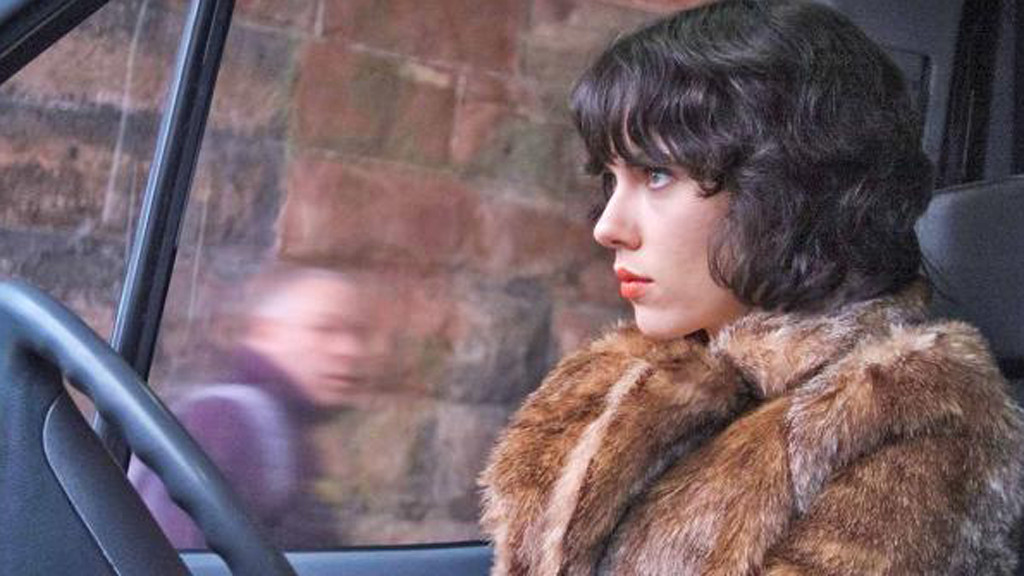
The story behind the making of this film is interesting: Scarlet Johansson (playing the main character) drove around Scotland picking up random men in her van. Without fail they all got in. Some of these men play the victims in the first part of the film.
‘Under the Skin’ is a melding of genres, most notably horror and sci-fi, based on a dense book by Michel Faber. Writer-director Jonathan Glazer and writer Walter Campbell keep the story more simple. It follows Scarlet Johansson as ‘the female’ who hunts down men for sinister ends, who ends up finding some level of humanity in herself.
‘Under the Skin’ excels in creating bizarre estranging visuals. In addition to being terrifying, it is also hauntingly beautiful, not in the least the arc of Johansson’s character. The search for humanity in the second part of this film, a sci-fi staple, is interesting and tragic. Supporting it all is a dark and equally estranging score by Mica Levy. Jonathan Glazer manages to keep all these different aspects together to create a scary, beautiful and profoundly human story out of all “Under the Skin’s” estranging and abstract elements.
2. Stalker (1979)
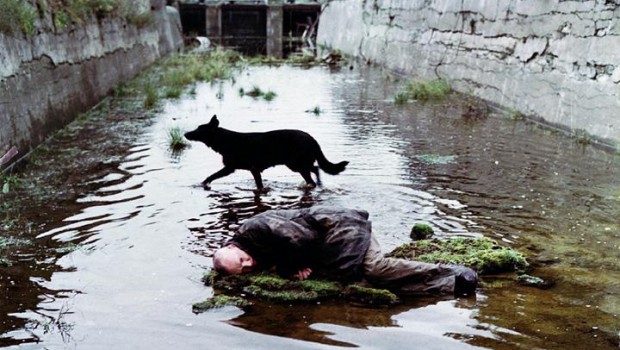
‘Stalker’ is the second sci-fi classic by Tarkovsky, whose ‘Solyaris’ is often seen as the Russian answer to ‘2001’. ‘Stalker’ follows two men who are led into the mysterious ‘Zone’ by a guide: a stalker, to find a room which grants ones deepest secrets to come true.
Tarkovsky shoots the Zone as a beautiful but tense place, it is an area that is deliberately confusing and normal rules seem to not apply. Unfortunately the fantastic derelict and overgrown buildings in ‘Stalker’ were not a set but a toxic former chemical factory in Soviet Estonia. It likely contributed to Tarkovsky’s untimely death.
‘Stalker’ is not an easy film. Like most Tarkovsky’s it deals with deep themes, and allows its camera to wallow in the atmosphere he creates. That gives ‘Stalker’ a meditational quality that not everybody might appreciate, but for those that do it might be one of the best sci-fi films every created.
1. A Clockwork Orange (1971)
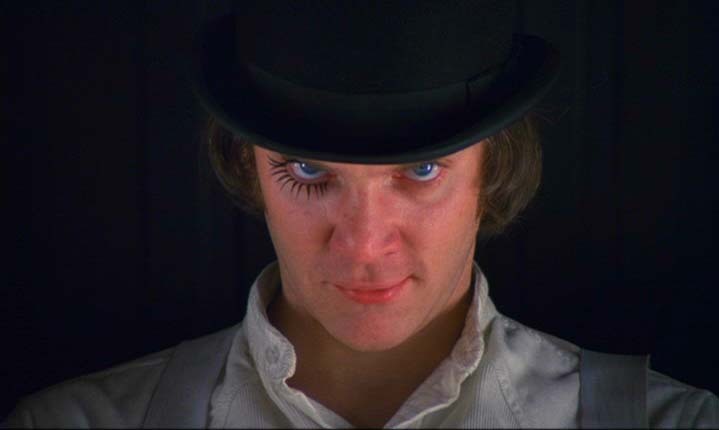
After creating one of the most acclaimed science-fiction movies in history with ‘2001: A Space Odyssey’ director Kubrick followed with the much smaller scope ‘A Clockwork Orange’; an adaptation of the novel by the same name. It proved a controversial film and Kubrick pulled the British release while the US only got a heavily edited version. ‘A Clockwork Orange’ follows Alex, a young man who violently leads a small gang of youths only to end up in the claws of the judicial system and becoming part of a new ‘treatment’.
It is easy to see why the film was controversial on its release. Even today its depictions of the rape and violence Alex and his ‘droogs’ get up to remain sickening, but most of all, “A Clockwork Orange’s” challenging view on ethics makes it a hard film to forget. Kubrick paints the future as a classist society in which the disadvantaged youth react with violence, and societies inability to find ethical ways to deal with the criminals. None of these things have lost their staying power, and ‘A Clockwork Orange’ remains to make us uncomfortable with both the subject matter and its violence.
This is all doused in an electronical Beethoven score and with unique clothing and architectural designs to never forget. In short: Kubrick’s vision of the future remains with us today, and ‘A Clockwork Orange’ remains one of the best science-fiction films ever created.